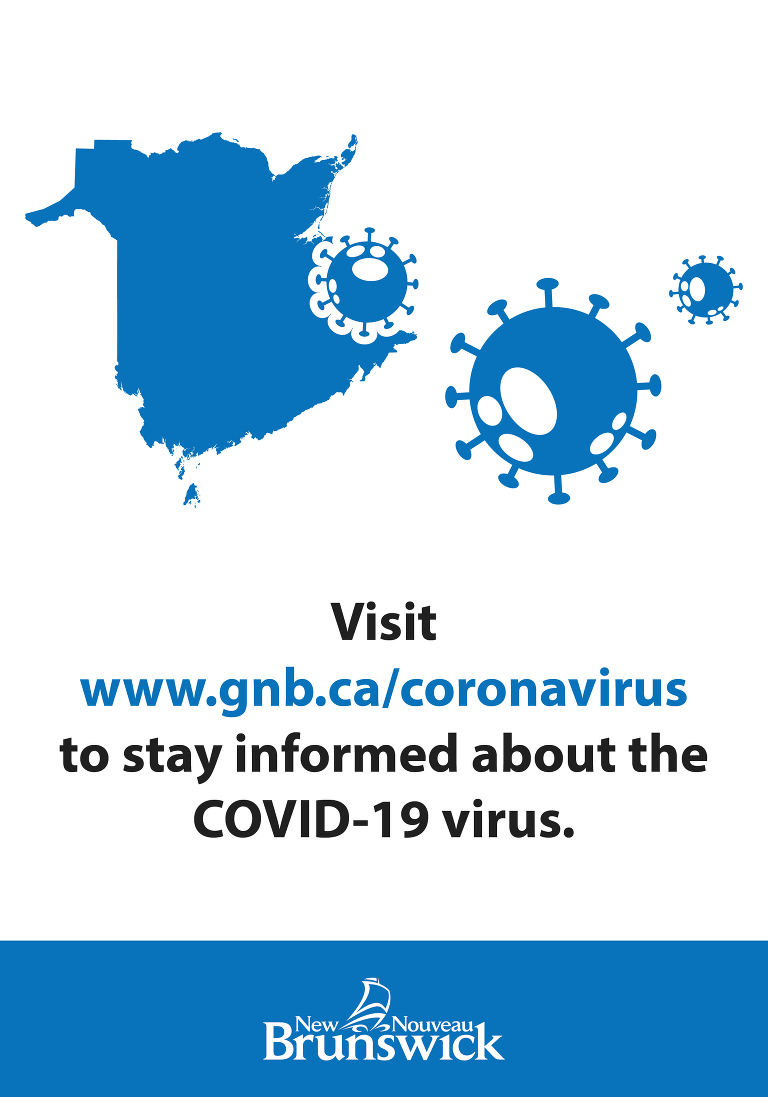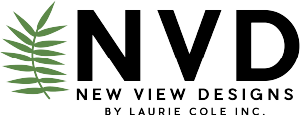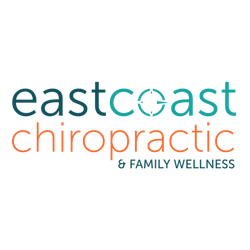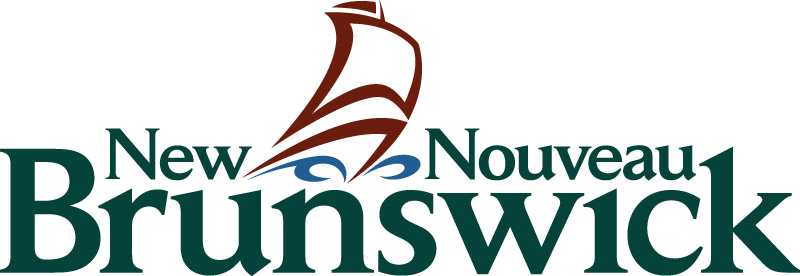.png)
The Back to Sleep campaign was launched in 1994 and was successful in reducing the rate of Sudden Infant Death Syndrome (SIDS) by 50%. Placing your baby on its back to sleep is still very much recommended, but babies’ skull bones are very soft until they are about a year old. If a baby lies in one position for a long period, the soft skull bones can become flat. Positional flattening (also called plagiocephaly) is now very common, affecting up to 40% of infants. The flattening can develop over weeks. It tends to become obvious by 6 weeks of age, increases to a maximum at 4 months, and then slowly decreases over 2 years with most cases resolving in that time.
Factors that may increase the risk of positional plagiocephaly include:
- Softer Skull bones like premature babies
- Babies that sleep well (on their backs of course) without turning their heads from side to side
- Prolonged time sleeping in a car seat or swing
- Preference looking in one direction (this can be related to a neck problem called torticollis or can be a preference because the child will look in the more stimulating direction)
- Reduced tone and activity level with slower achievement of developmental milestones
- Not enough Tummy Time (less than 3x/day)
The flattening of the skull is a slow process and it may shift some of the brain matter slightly within the skull, but it does not affect the baby’s brain growth or development. If you identify an area of flattening on your baby’s skull, please point it out to your doctor or nurse practitioner. They will want to make sure that the cranial sutures are not closing prematurely, the neck muscles are not too tight (torticollis) and that the baby’s general muscle tone and activity is appropriate. If all of the above are appropriate, there are a few options to reduce the progression of the flattening at home.
Recommendations:
- Continue placing your baby to sleep on its back (avoid propping the baby on its side as this can increase the risk of SIDS)
- Once baby learns to roll over onto their tummies by themselves, you don’t have to flip your baby onto its back while they are sleeping
- Rotate placement of the baby into the crib/bassinet/change table so the baby will have the opportunity to turn its head away from the flat area
- Use your voice and bright toys to encourage your baby to turn its head away from the flat side while they are playing, feeding or watching you
- Alternate feeding, holding and carrying positions so as to avoid recurrent pressure on the flat area and encourage turning away from the ‘favourite’ side to see ahead
- Avoid long periods in car seats, baby seats and swings where your baby’s head is in the same position (Cloth carriers may be a good alternate to these soothing tools)
- Give lots of supervised tummy time when your baby is awake – at least 10-15min, 3x/day and increase as tolerated
If your doctor is concerned about the sutures, a referral is appropriate to consider imaging and consultation for possible surgery. If the neck muscles are stiff or other muscles feel too loose, a referral to Physiotherapy would be appropriate. We are fortunate to have the Woodbridge Center in Fredericton with Physiotherapists that are experienced with this age group. Anyone can make an appointment, it does not require a referral from a physician. Contact info is: 452-5611
There has been some controversy and recent change in practice regarding moulding devices or helmet therapy. There are some studies that reveal that helmeting is no better at improving head shape in mild to severe positional flattening compared with physical therapy and providing general positioning recommendations mentioned above. The cost of helmeting is also significant; a helmet costs thousands of dollars, and requires frequent adjustments over several months to adjust to an infant’s growing head. There are also risks associated with helmeting, including pressure sores and interference with parental attachment. With its associated high cost and only weak evidence of benefit in treating positional flattening, there is minimal additional value in recommending helmets for infants with mild to severe positional flattening in addition to traditional positioning recommendations and physiotherapy.
The Canadian Pediatric Society also supports the above recommendations. The overall consensus from their review of published studies is that repositioning therapy is the preferred choice for babies 4 months of age and younger with mild to moderate asymmetry; physiotherapy and positioning is preferable to watchful waiting; in patients with severe asymmetry, regardless of age, moulding therapy can be considered; and the maximum age to consider helmet therapy is 8 months old. In these children, helmet therapy has been shown to influence the rate of improvement of asymmetry but not its final outcome. So you may see changes to the shape of the head faster, but the final shape will be about the same by 2 years of age with or without helmet.
In conclusion, Back to Sleep is still the safest way to sleep, but be aware of positioning so as to reduce flattening of the head. You can make a big difference to the shape of your baby’s head with the above recommendations, but Physiotherapy may also be required to help strengthen some muscles while loosening others.
Dr. Rachel Ouellette
Meet Dr. Ouellette
.jpg) Dr. Rachel Ouellette was born and raised in Fredericton, NB. She grew up with 3 brothers and both her parents were social workers in town. She graduated from Ecole Sainte-Anne in 1998 and pursued Biochemistry at UNB, followed by Psychology at STU. She completed medical school at Memorial University of NL and then finished her Paediatric residency at Queen’s University. Dr. Ouellette then returned home to practice General Consulting Paediatrics in 2011. Rachel loves her community and enjoys connecting with other community service people who share her passion for helping kids; whether it is in schools, counselling services, etc.
Dr. Rachel Ouellette was born and raised in Fredericton, NB. She grew up with 3 brothers and both her parents were social workers in town. She graduated from Ecole Sainte-Anne in 1998 and pursued Biochemistry at UNB, followed by Psychology at STU. She completed medical school at Memorial University of NL and then finished her Paediatric residency at Queen’s University. Dr. Ouellette then returned home to practice General Consulting Paediatrics in 2011. Rachel loves her community and enjoys connecting with other community service people who share her passion for helping kids; whether it is in schools, counselling services, etc.
Rachel is a mother to two young boys. She admits she entered motherhood self-assured and naïve. She thought she knew babies and kids and had definitely worked in sleep deprived situations. Rachel was humbly shocked, realizing what a BIG, difficult and confusing job being a mom can be! She battled through painful breastfeeding, she found out what it was really like to experience prolonged sleep deprivation (you can’t turn off the pager at the end of your shift). She even had to sit on the “other side” in a few medical situations. Motherhood has definitely affected how she practices medicine since she’s returned from maternity leave. There is a “Mama” (& “Papa”) instinct that isn’t taught in medical school. It cannot be studied in textbooks or reviewed in parenting books. As a parent, you know your child best, and you understand your child’s cues. Health care professionals need to really listen to the parent & child to reach the right diagnosis and initiate the right treatments.
Dr. Ouellette realizes there is so much information available to eager parents. Dr. Google can be helpful sometimes, but it mostly just causes worry and is filled with inaccurate information. It can be confusing and difficult to make parenting choices when, not only do you have so much information online, but there is typically (often unsolicited) advice and suggestions from friends, family, other moms and random people in grocery store line ups. Dr. Ouellette is not providing any new advice; she is summarizing and sharing information from legitimate medical sources that are usually supported by scientific research. This information is always advancing; even advice written this year, may not apply next year if new studies reveal new information. Dr. Ouellette hopes she can provide up to date, brief, succinct answers to common Paediatric or parenting questions. She is open to topics, so please share your requests with the Mom Talk Blog editors.
Disclaimer– The content provided in the Mom Talk Blog’s “Advice From a Pro” series is for information purposes only and is neither intended to be relied upon nor to be a substitute for professional medical advice, diagnosis or treatment. Never disregard professional medical advice or delay in seeking it because of something you have read on this Website. The information is intended for residents of Canada.
You might also like…
.png)



















